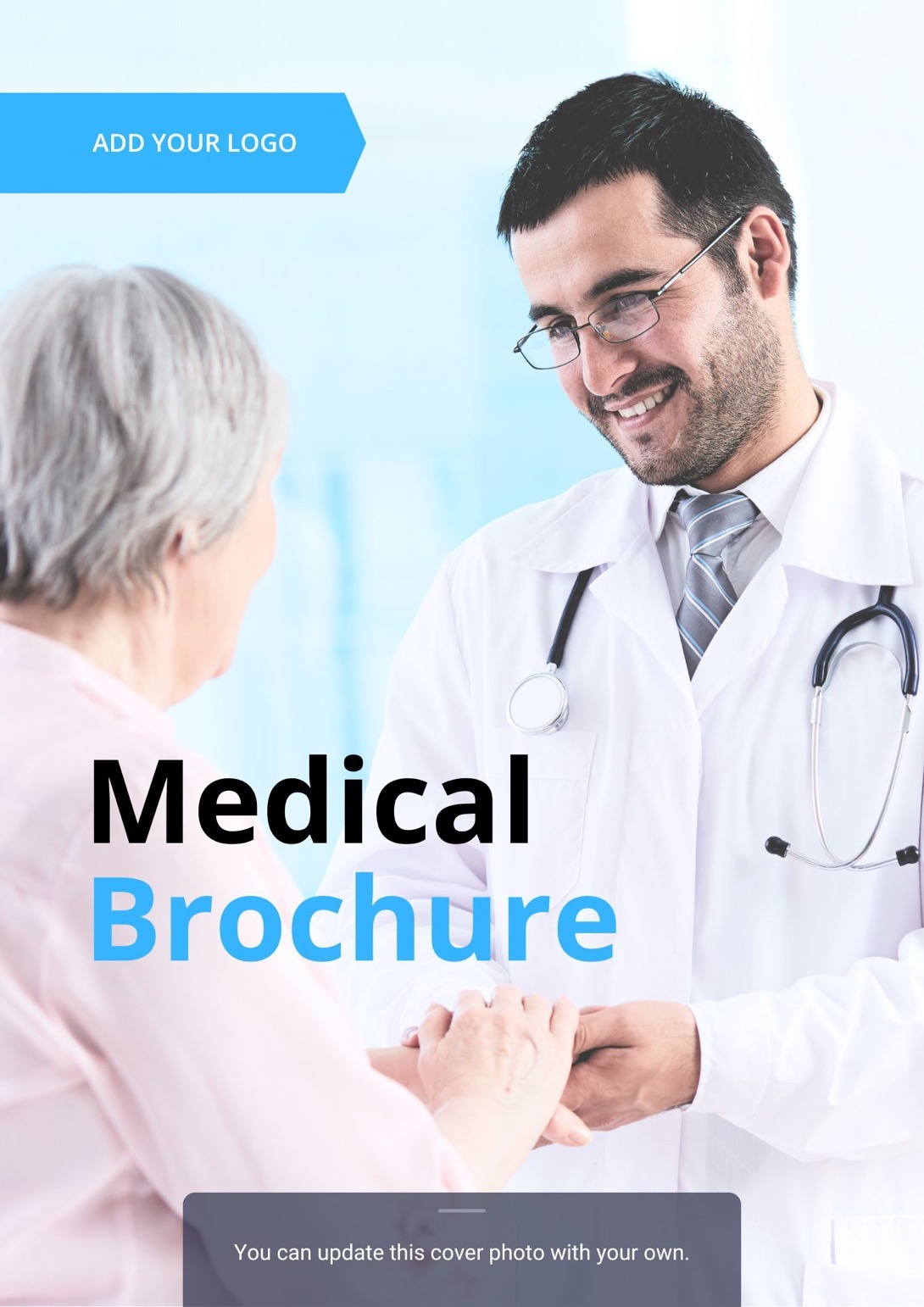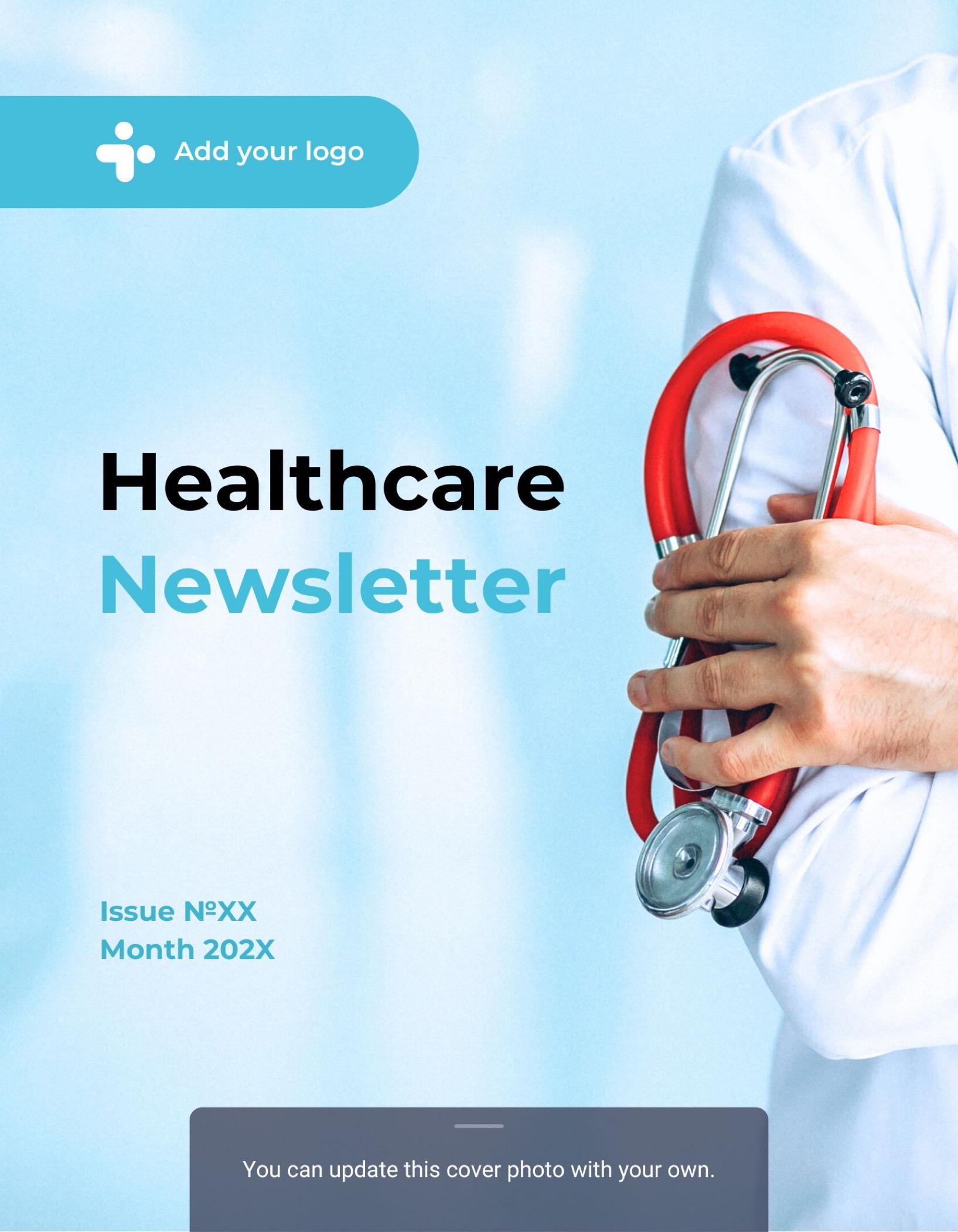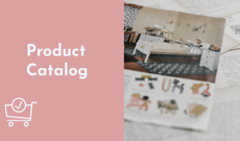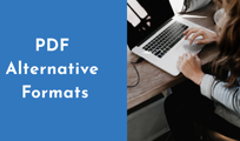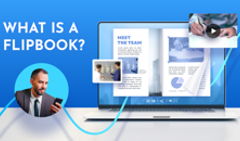What comes to your mind when you think of a medical brochure? Is it the pile of boring trifold pamphlets you sift through while waiting for a doctor's appointment? Well, in the modern world, healthcare documents are getting a well-deserved makeover. They now come in new formats, more engaging and accessible than ever, and cater to a larger audience than just patients.
In this article, we'll explore the concept and types of medical brochures, and give you some tips, examples, and templates so that you can design your own. And it's not just a hospital or a clinic that would benefit from creating wellness content that informs and captivates—industry professionals, healthcare organizations, and pharmaceutical companies can, too.
It's time to scrub in!
What Is a Medical Brochure
A medical brochure is a printed or a digital document that provides information about a specific topic, treatment, research, or product. Its goal is, first and foremost, to educate: it informs the reader about the subject in a clear and concise manner.
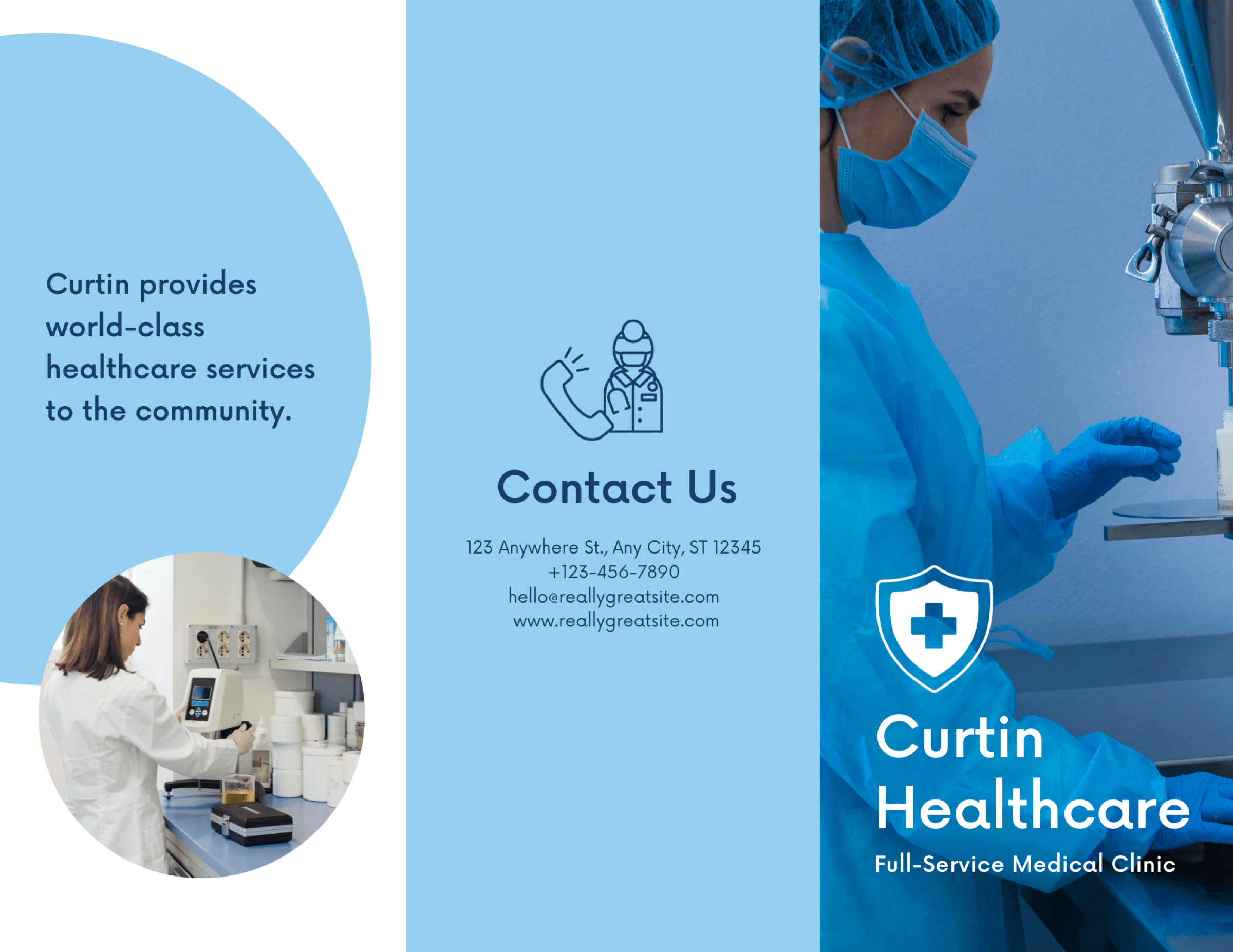
A simple medical brochure template.
Why do people create medical brochures? Well, without them, doctors may not fully understand the nuances of the drugs they prescribe or the tools they use. Patients would not be aware of the side effects of a treatment plan or possible drug interactions. The lack of knowledge on both sides could lead to improper dosages, ineffective therapy, and adverse reactions.
Depending on the target audience, medical documents serve the following purposes:
- Patients read brochures to understand their health condition, learn how to manage their symptoms or prevent chronic and infectious diseases.
- Healthcare professionals subscribe to doctor brochures or journals to stay up-to-date with the latest medical advancements and find out about new training courses or upcoming events.
- Stockholders with shares in healthcare organizations study annual reports to gain insight into the company's strategic initiatives and financial projections.
- Medical device manufacturers showcase their products through brochures and catalogs, explaining how lab equipment works or revealing the details of the offer to potential buyers or distributors.
- Pharmaceutical companies use medical pamphlets to disclose the benefits and risks of a drug to patients and doctors.
- Health insurance agents create brochures and contracts to inform their customers about coverage options, services, costs, and conditions.
Healthcare Brochure Formats
Print remains the traditional choice for medical pamphlets. Real-life catalogs and brochures are tactile, look inviting, and provide a rich reading experience. But their maintenance is costly: the only way to update data or to fix a typo is ordering a whole new batch. Printing also raises sustainability questions, and doesn't reach as wide an audience as the Internet or social media.
Digital medical brochure formats are becoming increasingly popular. For instance, you can distribute healthcare content as flipbooks—interactive HTML5 publications. Flipbooks keep the authentic page turn effect while allowing for easy updates and sharing. You save budget and trees, and get more engagement as a bonus: publications support animated infographics, videos, and pop-up images.
The Christie NHS Trust Annual Review
Have a PDF brochure?
Brochure Examples for Healthcare
Let's look at different examples and medical brochure templates to pick up on trends, best practices, appropriate formats, and design ideas.
Patient Brochures
Brochures for patients can cover disease prevention, compare different treatment options, or promote healthy lifestyle choices. The go-to brochure fold here is a trifold pamphlet, unless you need more space to spell out a complex medical concept. Either way, the document should be easily accessible, whether it's a physical copy, a link, or a download, to ensure that patients can refer back to it.
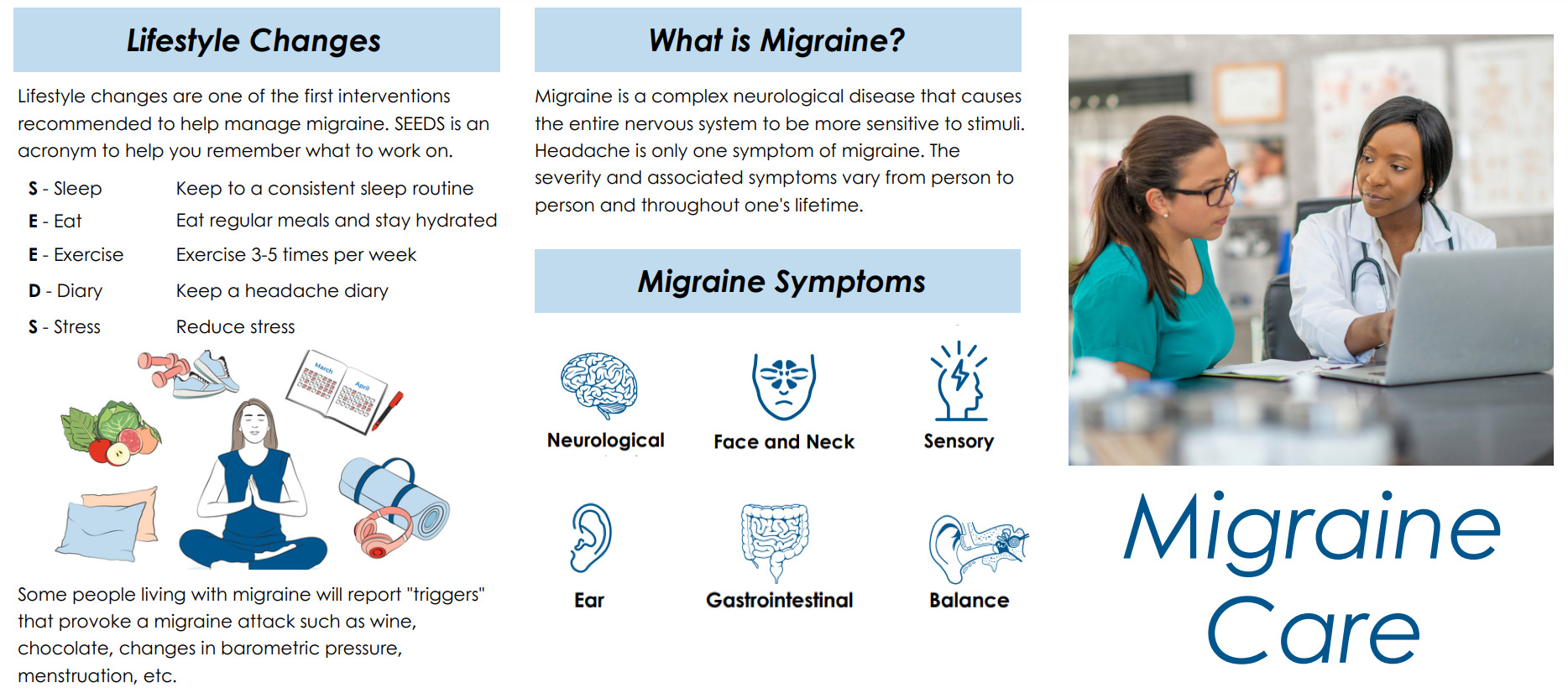
A patient brochure example by the Association of Migraine Disorders.
Medical Pamphlets
Another common medical document is a promotional brochure that advertises healthcare services for a specific facility. Clinics often hand out these types of pamphlets on the street or on premises. If you are committed to printing, consider adding interactive elements to the brochure—quizzes, check-lists, and progress-tracking charts, or a cut-out form like in the example below. Otherwise, your readers are much more likely to glance at a pamphlet they receive and toss it aside.
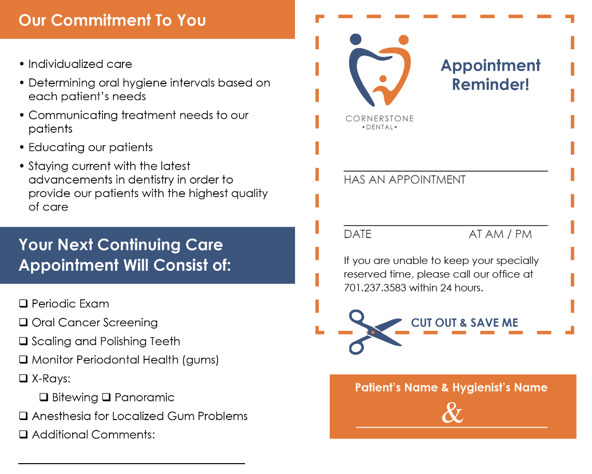
A dental care pamphlet by Cornerstone Dental.
Brochures for Doctors
Medical brochures for healthcare professionals can highlight new learning courses and industry advancements through articles, case studies, and interviews with leading experts in the field. An interesting format to consider here is a newsletter: a professional bulletin with the latest news, upcoming conference announcements, seminars, and excerpts from larger materials. Most organizations send a digest like this each month, which gives them time to collect and prepare relevant content.
Clinical Trial Brochures
Clinical brochures usually revolve around a specific trial and present an experimental treatment or medication. If you're making one, include the eligibility criteria, required procedures and their timeline, and describe potential outcomes. It's important to maintain a balance of actively recruiting participants and outlining the risks and ethical considerations involved in the research.
For examples, it's best to refer to official resources like the World Health Organization, the American Cancer Society, or other government bodies relevant to your trial's topic or location.
Health Insurance Brochures
Insurance companies often create semi-medical content—for brochures that outline coverage options, benefits, costs, and enrollment conditions. The intent of such a document is not just to inform: it has to sell, too, or persuade potential customers and organizations to sign up. The content should be in-depth enough to describe the nuances of different plans, but not overly heavy on medical terms.
Insurance brokers may also make benefit guides to help HR specialists save time on administrative work. Here's how a health insurance PDF-turned-flipbook targeting company employees could look like:
Catalogs for Medical Devices and Products
Healthcare catalogs sell medical devices, patient care and surgical supplies, tools, and equipment. The end customer for these kinds of brochures varies from patients and their caregivers to doctors and therapists, clinics and hospitals, medical retailers and distributors.
In healthcare and in any other industry, the product catalog format implies you'll be providing descriptions, specifications, pricing, and ordering options for each item. You can also merge a medical product catalog and a patient brochure. Check out the example below for inspiration. It's a catalog that zooms in on a specific health condition, giving plenty of details on its prevention and treatment, all while natively promoting relevant antibiotics, supplies, and personal medical devices.

An excerpt from the Sepsis Resource Guide by McKesson.
⭐ Healthcare Newsletter and Medical Brochure Templates
Whether you are going to use a medical pamphlet template or plan to create one from scratch, you'll find that there are a few essential sections or components to it:
1. About us. Most medical brochures include an overview of the company history, whether the business is a public hospital, a private practice, a research lab, or an equipment provider. Describing your milestones, mission, goals, and values is a great way to build up trust, which is important in healthcare.
2. Product/service description. The details depend on the brochure's subject. If the document focuses on disease prevention, it would come with recommendations and best practices. Catalogs for personalized medical devices contain an estimation of production costs and timelines. A clinical brochure lists potential risks and side effects of the trial. And the list goes on.
3. Testimonials. Your document can provide quotes and success stories from patients or healthcare professionals who had a positive outcome from using the product, visiting a facility, completing a course, or undergoing a treatment.
4. CTA (Call to action). From a simple reminder to schedule a routine checkup to a lengthy application form for an experimental trial, medical brochures encourage the reader to take action.
5. Contact information. Be sure to add your contacts: a phone number, a website link, a physical address, or an email, so that the readers know how to reach you.
If you want to design a modern, professional-looking medical brochure to promote your services, or need to assemble a regular healthcare newsletter for your fellow professionals—look no further. We have prepared two free Canva templates for you to customize and make your own:
Tips for Creating Effective Medical Brochures with FlippingBook
With the right flipbook software, your medical documents will have a wider reach and a higher impact. Ready to take the next step and create your own interactive brochure? Go for it:
- Already have a design? Great! You'll need it in PDF format. If your brochure is a JPG or a PNG file, use an online converter. Once you have the PDF on hand, you can upload it to FlippingBook—it will automatically become a flipbook.
- For those just starting out, use one of our Canva templates from the paragraph above—edit it with your content and seamlessly turn it into a digital document with FlippingBook's Canva integration.
Check out how one of our clients describes why FlippingBook’s brochures stand out:
Tip 1. Design for your audience
The colors, fonts, and images can affect how readers perceive your brochure. For example, if a pediatric clinic is making a pamphlet for children, bright colors and goofy illustrations would be appropriate. But the same won't work for a pharmaceutical company pitching a new drug to investors. Choose your branding elements wisely, or create several versions of the same content for different audiences.
Tip 2. Keep accessibility in mind
When creating medical brochures for patients, remember that some of them might be visually impaired. Stick to clear, easy-to-read fonts and introduce a table of contents if the document is several pages long. With FlippingBook, your flipbook can also be accompanied by an accessible PDF suitable for screen readers.
Tip 3. Give interactivity a go
If you refer to research findings or clinical data in your document, consider using visuals, such as diagrams, charts, or infographics. Videos and GIFs can help distill complex medical subjects or turn cumbersome paragraphs into clear step-by-step instructions. These interactive content elements will set your flipbooks apart from static PDFs.
Healthcare brochures and guides can also become much more effective for specialists if they add various patient surveys, like feedback or medical history forms, into their documents. This will help build trust and improve the doctor-patient relationship.
Tip 4. Add a touch of marketing
For brochures related to clinical trials or professional medical courses, consider adding a lead generation form to collect contact information directly from the flipbook. The form is completely customizable, and you can allow readers to skip it if you don't want to put too much pressure on your audience.
Tip 5. Choose the right sharing option
Distribute your medical brochure: embed it into one of your website pages, include it as a preview image in a newsletter or on social media, or simply send the direct link to a patient or a client. You'll also be able to track statistics for insights about your audience and their preferences.
Looking for an eco-friendly printing alternative? Try a QR code: you can generate one for your flipbook and place it on a sticker in the waiting room. Patients will appreciate something to pass the time, and you will cut down on printing costs.
Final Thoughts
In the healthcare industry, precision and accuracy are paramount. So access to up-to-date and well-structured information—through medical brochures and flipbooks—can make all the difference in ensuring patient safety and positive health outcomes. Hopefully, the healthcare brochure templates we've examined will aid you in creating your next medical document.
Frequently Asked Questions (FAQs)
⚕️ Where is the easiest place to make a brochure?
A great starting point for making a brochure is to use an online graphic design tool. Look for pre-made medical brochure templates to save time. Once you're happy with the design, you can turn it into a digital flipbook and share as a direct link in just a few minutes using FlippingBook. Upload your PDF design, wait for it to convert, and copy the brochure link—it's that simple!
⚕️ How many pages should a medical brochure have?
The number of pages in your medical document really depends on the type of brochure you're creating. For a quick reminder pamphlet, a simple trifold with just a few pages might do the trick. But if you're putting together a detailed catalog for medical devices, it could be longer—think 20 pages or more! Aim for just enough pages to convey your message.
⚕️ Where do you put your logo on a medical brochure?
Your logo is an essential branding element, so consider placing it on both the first and last pages of your medical pamphlet for maximum visibility. But here's a cool tip: with FlippingBook, you can have your logo displayed at all times in the document viewer right next to your content. This keeps it prominent but not distracting! Plus, you can make your logo clickable, linking it directly to your website for patients or doctors who want to learn more about your organization.


